Forgotten Seas
Tanja Engelberts
The world offshore is a world unknown. At least for most of us. Fascinated by the flashing lights in the distance, like the call of sirens on the horizon, Tanja Engelberts became curious about all those artificial islands where oil and gas are extracted from the seabed. Forgotten Seas is the accumulation of six years of research, a journey across the North Sea.
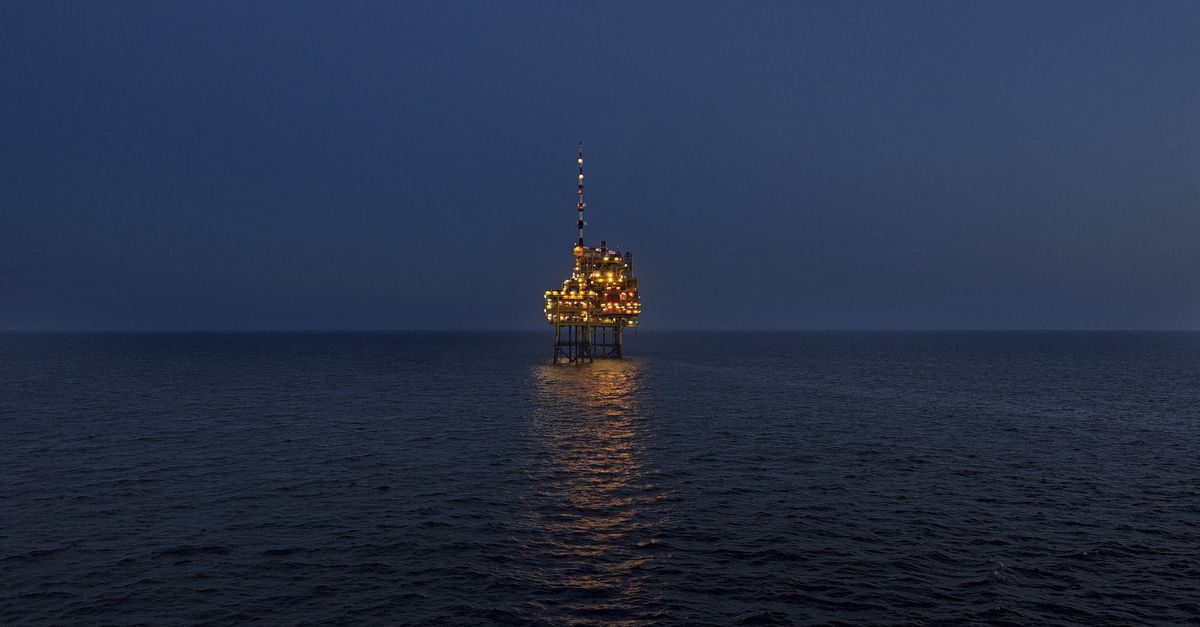
Tanja Engelberts (1987) is a visual artist based in The Hague (NL), a city located on the North Sea. She documents landscapes that are no longer visible. The past six years she has worked on several projects related to the fossil fuel industry and in particular how energy production changes our landscape. Forgotten Seas is her first published monograph.
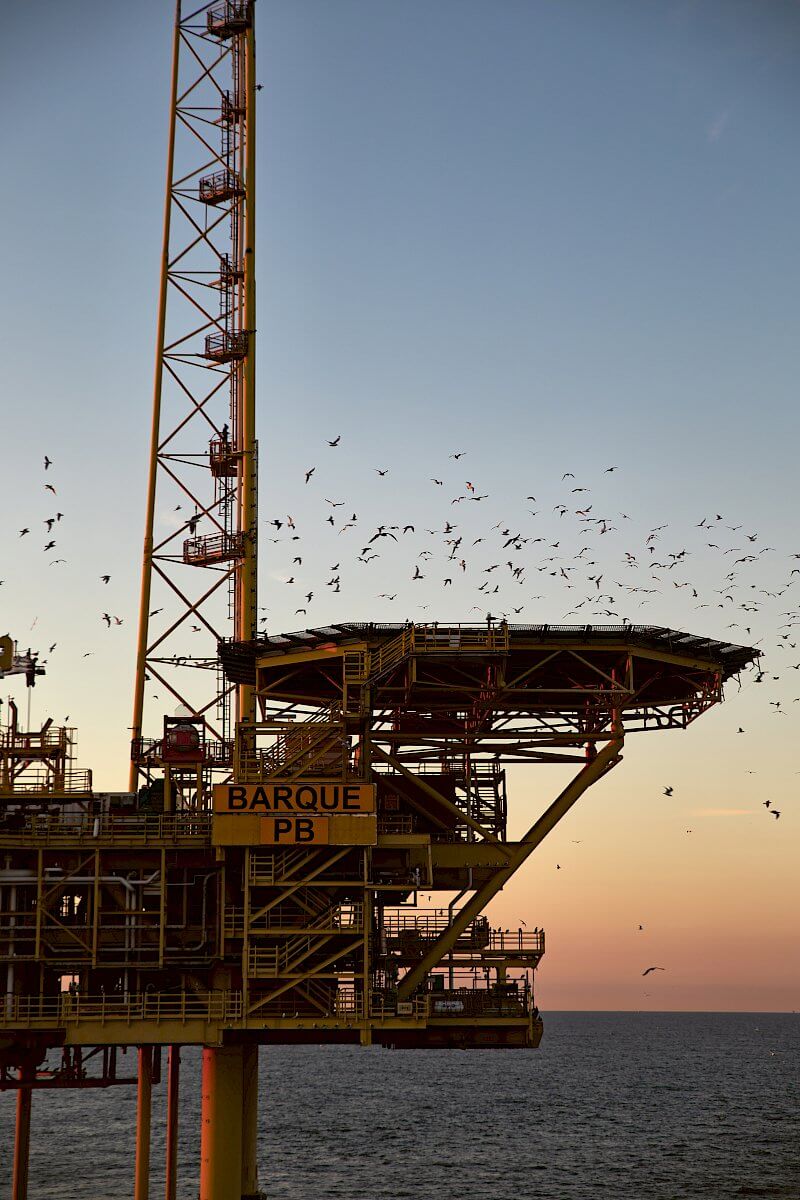
The work is a photographic exploration of Engelberts’ archive, consisting of photographs taken during her trips on maintenance vessels and on the platforms, as well as historical images she collected over the years. The photographs are combined with written anecdotes about life on an oil rig. Stories of people she met on the sea and her own travel experiences. The landscape takes shape by means of films, prints, sound and texts in which the atmosphere and experience of these places is recorded. Forgotten Seas is a testament of seventy years of gas and oil drilling in the North Sea. An industrial landscape that is slowly disappearing.
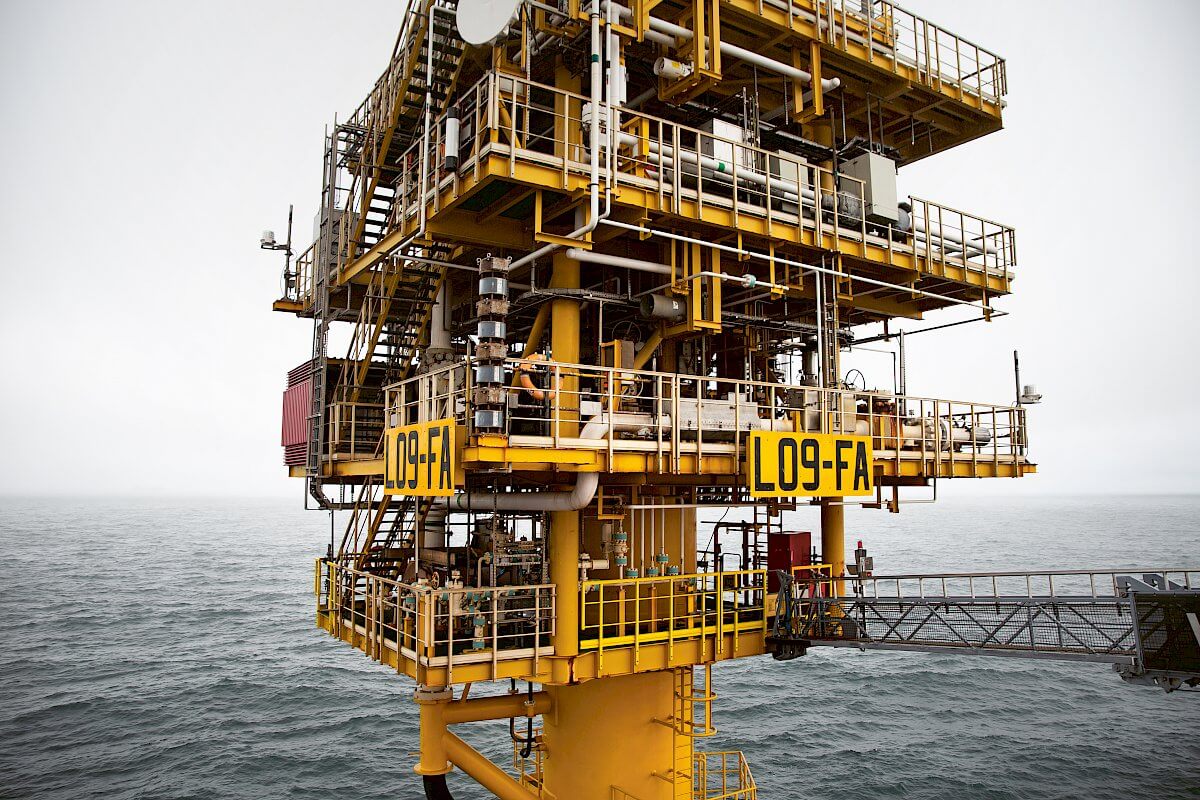
We often think of seas as emptiness where there is nothing to see except the occasional passing boat. Forgotten Seas shows us this image is outdated. It shows us a landscape littered with oil platforms. And even this landscape is changing as oil platforms are being replaced with wind turbine parks. Now most drilling platforms are vacant. Although the war in Ukraine makes oil extraction in the North Sea more attractive again.
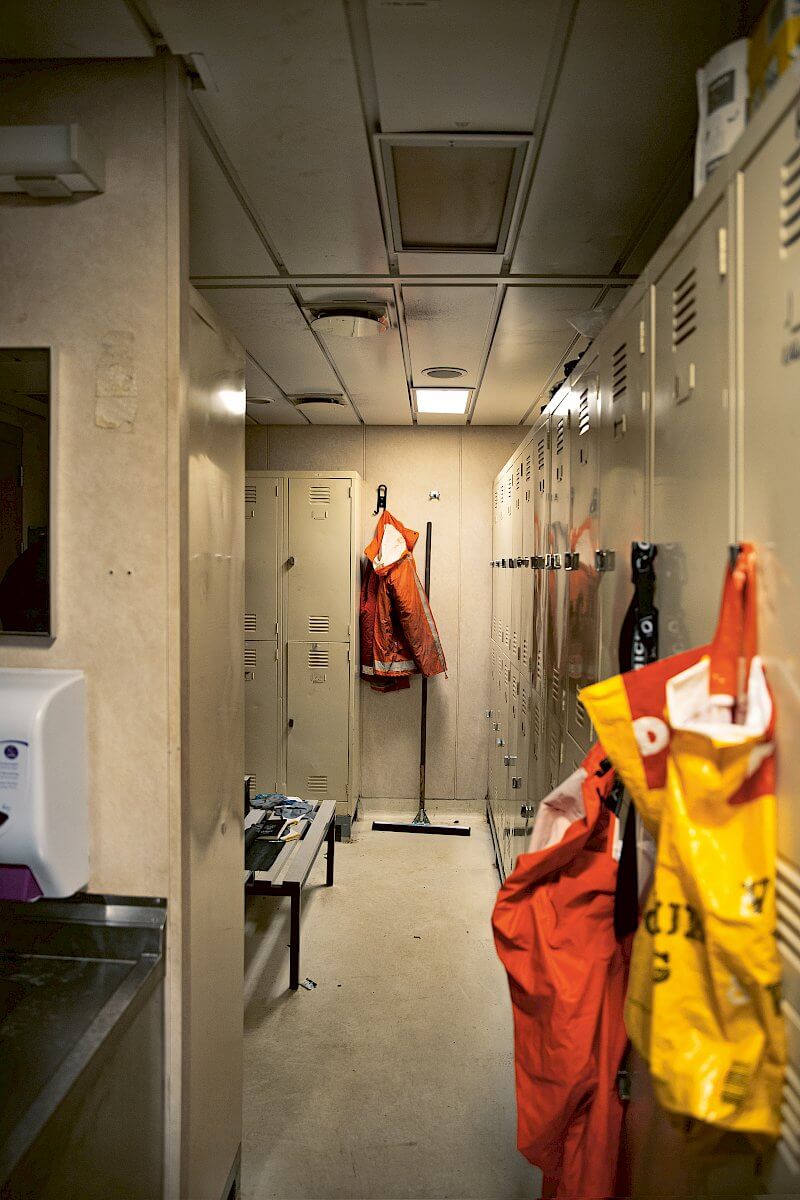
So, upon the waves we go. From optimism and the feeling that man had conquered nature in the fifties, to a more critical view on the fossil fuel industry and its future: the destruction of the first platforms. There are five chapters: Archive, Platform, Embarking, Horizon and Decommission. Each chapter has its own visual language and design, highlighting the raw and complex structures on the sea while evoking a sense of awe and guilt.
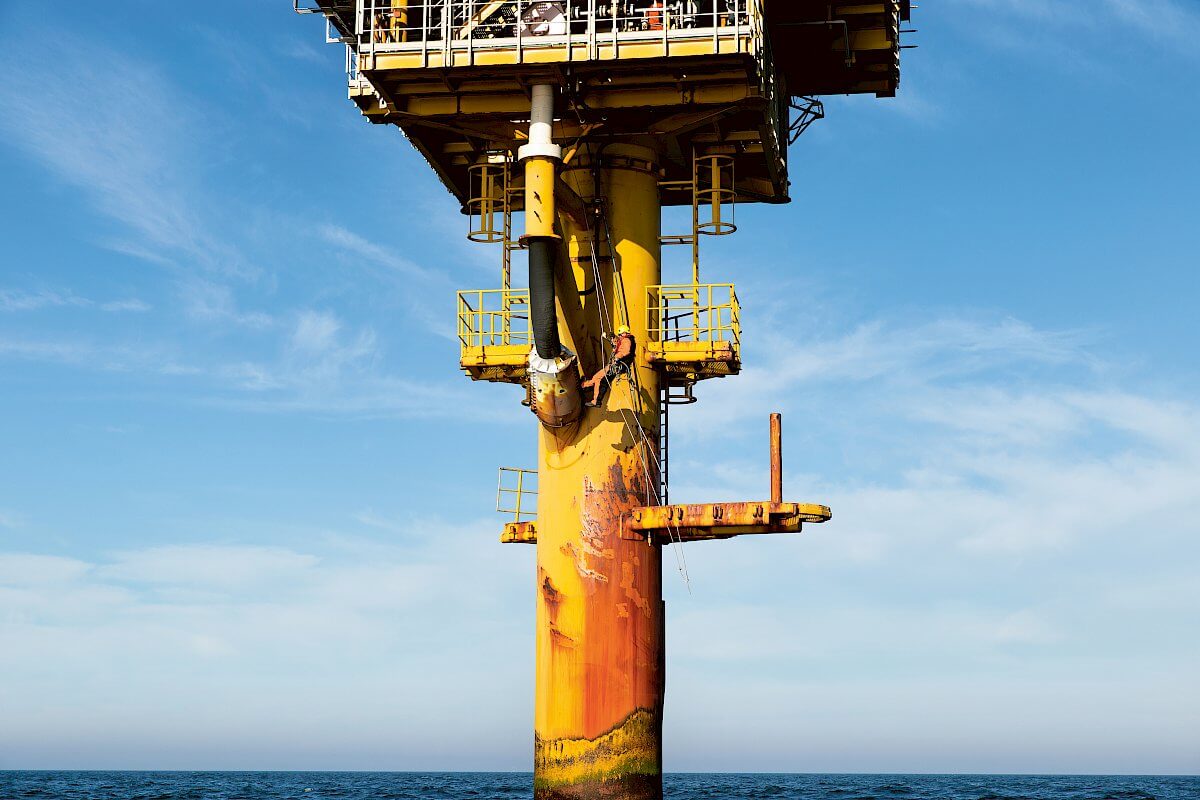
It made me think of similar issues of industrial extraction and environmental impact. For example as it is shown in Stacy Kranitz’s As It Was Give(n) To Me. Kranitz shows us the consequences of the disappearance of the coal industry for the people and their environment. Forgotten Seas does not discuss issues surrounding the fossil fuel industry. Or the fact that eventually the fossil fuel industry will disappear and be replaced by green energy. The book focusses on the architectural beauty of these marvels of engineering and gives us a glimpse of what life is like in such an isolated, almost fully automated enclosure. And let us drawn our own conclusions.
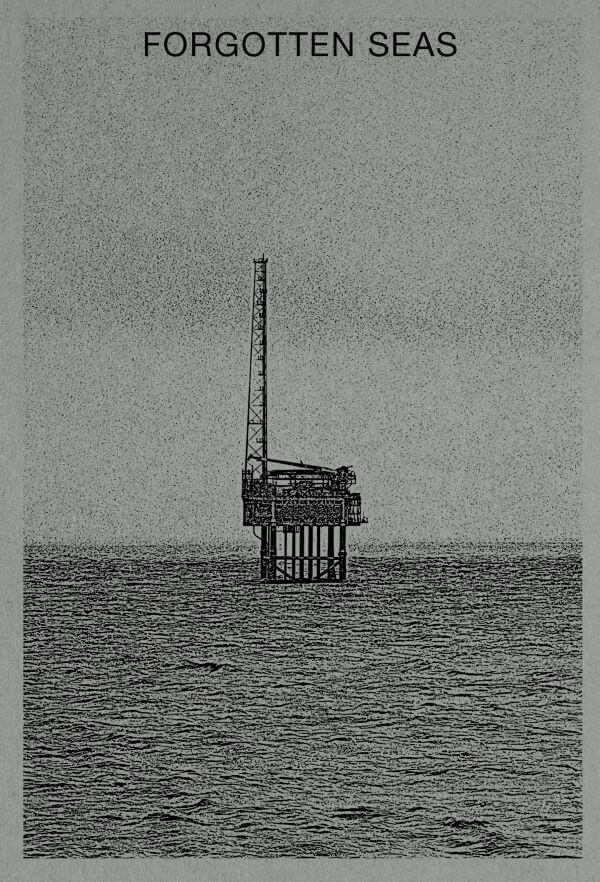
Forgotten Seas
Photographer: Tanja Engelberts
Publisher: The Eriskay Connection
Published in 2023
Softcover, 20,4 x 30 cm, 216 pages
Shortlisted for the Author Book Award 2023 at the Les Rencontres de la Photographie festival in Arles
